Case
Home / Case / Experience / What situation must choose knife gate valve?

Case

The ultra-thin design of knife gate valve with its small size, light weight, small choke, no slag, easy to install, easy to disassemble the advantages of the ordinary gate valve, flat gate valve, ball valve, globe valve, regulating valve, butterfly valve and other valves of large choke, occupy space, easy to accumulate slag, not easy to install and repair and other problems. Therefore, a large number of general cut-off gates and regulating gates are replaced by knife gate valves.
Soft seal (one-way or two-way) temperature resistance ≤280C: The applicable medium is gas, liquid and other liquid with strong flow and low density. Its advantages: strong sealing performance, not easy to leak inside and outside. Disadvantages: Contact particles or high temperature media will cause seal damage.
Hard seal (one-way or two-way) temperature resistance ≤1000C: Applicable to all kinds of solid, dust, particles and other hard media. Its advantages: strong wear resistance. Disadvantages: poor sealing, not suitable for other and liquid medium pipelines.
The structure of knife gate valve is relatively simple, mainly composed of valve body, valve plate and transmission device. This simple structure makes installation, maintenance and operation very convenient.
Knife gate valve valve plate movement speed, can achieve fast opening and closing, very suitable for the need to frequently adjust the flow of the occasion.
The sealing performance of the knife gate valve is excellent, mainly due to its metal or elastic material sealing gaskets. These gaskets can effectively prevent media leakage and improve the operating efficiency of the equipment.
The sealing surface of the knife gate valve blade and base are made of hard materials, so that they can adapt to high-speed flow, high viscosity and media with particles, and extend the service life of the valve.
Compared with other types of valves, knife gate valves are smaller in size and weight, which saves installation space and is also convenient for handling and installation.
When the knife gate valve is opened and closed, it may produce a certain impact sound and vibration, which may have a certain impact on the surrounding equipment and pipes.
Due to the structural characteristics of the knife gate valve, its opening and closing require greater force and space. In some small or complex environments, this can be a problem.
The knife gate valve is relatively simple to control the fluid, and its fluid characteristics are not superior to other complex valves (such as regulating valves), which may easily cause medium blockage and leakage.
Knife gate valves are suitable for a wide range of applications, but in some special conditions (such as high temperature, high pressure, high viscosity, etc.), you may need to choose other more suitable valves.
Manual knife gate valve uses manual drive hand wheel to open and close the gate, clockwise operation to open the valve, counterclockwise operation to close the valve. The knife gate valve is suitable for horizontal or inclined installation.

Pneumatic knife gate valve is a more complex automatic control instrument, which is composed of a variety of pneumatic components and valve bodies. It is mostly used in situations requiring rapid cutting or opening (the supply pressure under working conditions needs to reach 4Mpa). Dual acting cylinder: two-position control of gate opening and closing; Single-acting cylinder: When the circuit and air path are cut off or faulty, the gate automatically opens or closes (that is, normally closed or normally open) the lower air intake port of the cylinder (near the valve) is to open the valve, and the upper air port of the cylinder is to close the valve.
Manual pneumatic knife-type gate valve is also called manual pneumatic knife-type gate valve or pneumatic manual knife-type gate valve, which refers to the addition of hand wheel device on the basis of the pneumatic device to achieve the dual-use function of hand pneumatic. The knife-type gate valve is mainly used in conditions where the pneumatic device needs to be cut off or opened immediately when it cannot be used. The lower intake port of the cylinder (near the valve) is for opening the valve, and the upper intake port of the cylinder is for closing the valve.
The driving part of the product adopts a multi-rotary electric device to drive and control the opening and closing of the valve, (electric installation needs to be controlled by the transfer control box), the operator can control the valve remotely in the control room, can also be manually operated on the spot, and can also cooperate with the computer to control the computer automatically. Denso should strictly refer to the wiring diagram instructions to prevent accidents caused by wiring errors.
The product controls the opening and closing of the valve through the reciprocating push of the electro-hydraulic linkage device, such as the configuration of sensors or digital display devices, which can be centralized or programmed control of remote, high-altitude dangerous areas.
The product controls the opening and closing of the valve through the reciprocating push of the hydraulic device, and the user needs to transfer the hydraulic cylinder equipment to normal use. The oil inlet under the cylinder (near the valve) is the opening valve, and the oil inlet above the cylinder is the closing valve.
The product is driven by bevel gear, easy and flexible operation, often used for manual operation in large caliber or high pressure occasions. Clockwise operation to open the valve, counterclockwise operation to close the valve.